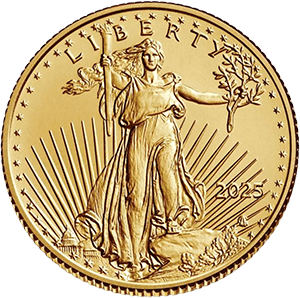The Silent Accumulation
While retail investors often chase headlines, the smartest money in the world is moving quietly. Over the past three years, central banks and institutional asset managers have been net buyers of physical gold and silver at a pace not seen since the 1960s.
According to the World Gold Council, 2024 marked the second-highest year of central-bank gold purchases on record, following 2022’s record-breaking total of more than 1,100 tonnes. The buyers weren’t just emerging markets like China, Turkey, and Poland—major Western institutions have quietly followed suit through direct physical holdings and exchange conversions.
This quiet accumulation isn’t speculation—it’s risk management.
The Motivation: Diversification From Fiat Exposure
Institutional portfolios are overexposed to paper assets denominated in depreciating fiat currencies. As global debt levels surge past $315 trillion and interest-rate policy remains unpredictable, institutions are returning to what history has always rewarded: hard assets that exist outside the banking system.
Gold and silver provide what bonds and equities cannot—permanent liquidity, zero counterparty risk, and a centuries-long track record of preserving purchasing power.
The Shift From ETFs to Allocated Bullion
A subtle but meaningful trend has emerged: large investors are moving from paper ETFs into physically allocated metal.
During the last two years, ETF holdings have fluctuated while physical bar and coin demand surged. The reason is transparency and custody. Physical allocation ensures direct ownership—not just a promise from a fund. Institutions increasingly insist on vaulted metals, audited holdings, and segregated storage.
The Geopolitical Undercurrent
The acceleration in institutional demand also reflects growing distrust of dollar-centric financial systems. Following Western sanctions on Russia’s foreign reserves in 2022, central banks worldwide re-evaluated the safety of keeping reserves in U.S. Treasuries or euros. Gold emerged as the neutral alternative—a politically agnostic reserve asset immune to confiscation or default.
China, India, and Middle Eastern economies have been leading the diversification push, but even European central banks have quietly increased exposure to physical bullion.
Institutional Adoption Beyond Banks
It isn’t just governments. University endowments, pension funds, and private-equity firms are exploring gold-backed allocations as inflation insurance and volatility dampeners. Family offices—managing trillions collectively—are adding physical metals to offset declining confidence in long-duration bonds.
Why This Matters for Individual Investors
Institutional buying doesn’t move markets overnight—but it sets the floor. When central banks and endowments accumulate bullion, it constrains available supply for private investors. It also validates what seasoned metals owners have always known: gold and silver aren’t “alternative assets”; they’re foundational stores of value.
In short: the world’s largest, most conservative investors are doing what individuals should do too—accumulate real, tangible assets before the crowd notices.


